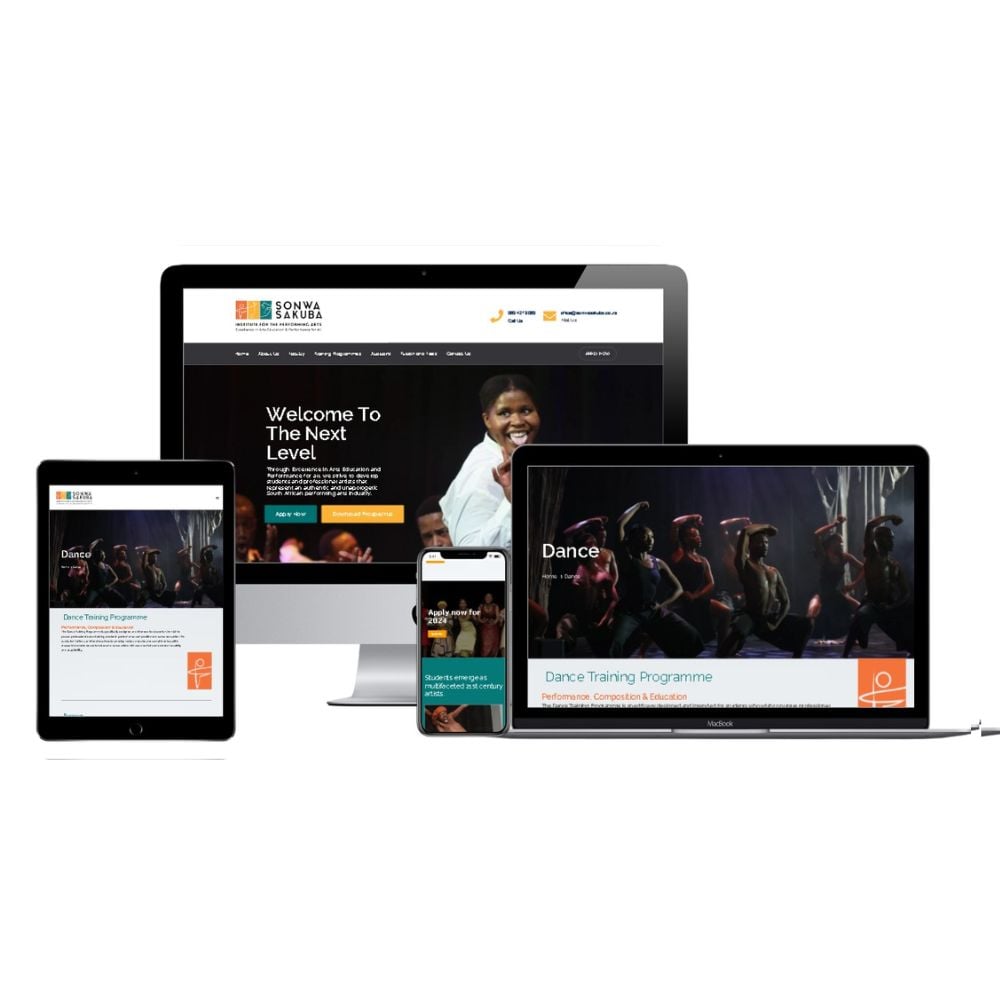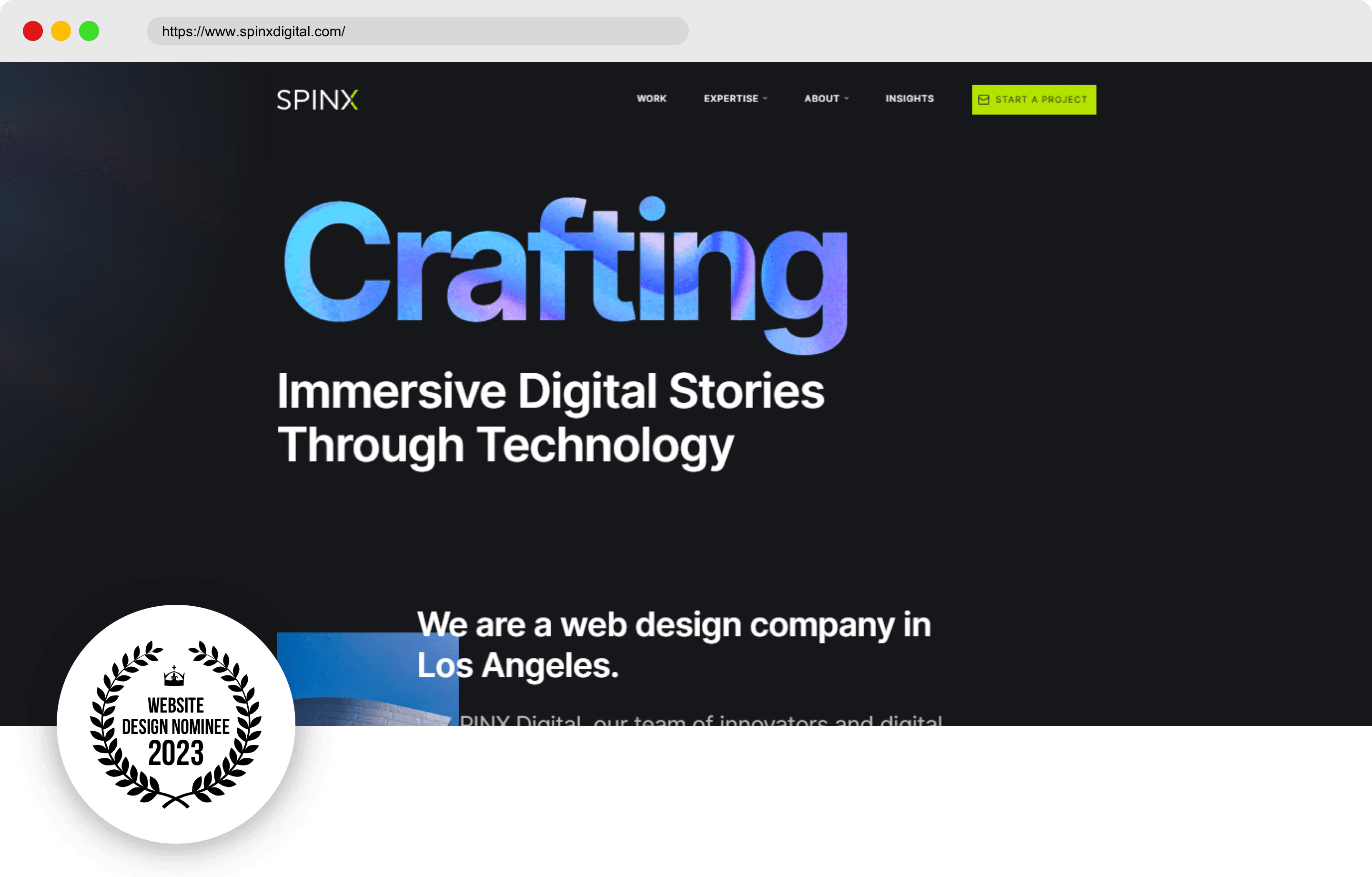The Importance of Mobile-Friendly Website Design
Crucial Tips for Crafting High-Impact Website Styles
In the world of electronic advertising and marketing, the style of an internet site serves as an essential touchpoint for involving prospective clients. To produce high-impact internet site designs, one need to take into consideration vital elements such as target market understanding, customer experience, and visual power structure.
Understand Your Audience

To successfully comprehend your target market, begin by conducting group evaluations to gather data on age, gender, location, and passions - website design. This info offers as a structure for developing customer identities, which stand for the essential qualities of your target market. These identities guide decision-making in layout elements and web content approach, making sure positioning with user assumptions
Additionally, examining customer habits with devices like Google Analytics can reveal exactly how site visitors connect with your website. Metrics such as bounce prices and time on page can highlight locations that need improvement or adjustment. Customer surveys and responses also give very useful understandings into preferences and discomfort points.
Inevitably, a deep understanding of your audience is not merely advantageous however necessary. It equips developers to create more pertinent, enticing, and useful sites that foster a favorable user experience and drive wanted end results.
Prioritize User Experience
When making a site, prioritizing customer experience (UX) is paramount to attaining both customer complete satisfaction and service goals. A well-crafted UX ensures that site visitors can navigate the site effortlessly, discover the details they need, and involve with content efficiently. To complete this, it is critical to take on a user-centered style strategy that entails understanding customer needs, choices, and behaviors.
Start by conducting detailed research study, consisting of customer surveys and usability testing, to collect understandings right into exactly how individuals communicate with your website. This information ought to inform style choices, making certain that designs and functions line up with user expectations. Structured navigation is crucial; site visitors must be able to find information promptly without unneeded clicks or confusion.
Additionally, consider the loading rate of your site. A slow-loading site can result in high bounce rates, negatively affecting customer experience. Enhance manuscripts and pictures to enhance performance.
Lastly, guarantee that your site is accessible to all users, including those with specials needs. Sticking to ease of access requirements not just expands your audience yet likewise cultivates inclusivity. By focusing on UX, you lay the foundation for an effective website that satisfies both individual needs and organization objectives.
Embrace Visual Hierarchy
A well-structured visual power structure plays a substantial duty in enhancing customer experience by assisting site visitors' interest to one of the most crucial components of a website (website design). By tactically organizing material, developers can create a clear course for users to follow, guaranteeing they engage with crucial info efficiently
To carry out visual pecking order, beginning by making use of dimension and range. Larger aspects normally draw the eye, making them excellent for headlines or phones call to activity. Enhance this with contrasting shades that highlight crucial areas, as vibrant colors can develop centerpieces that catch focus.
Additionally, the positioning of aspects on the page is important. Leading the customer's look with the format can be achieved by placing crucial details at the leading or in the center, where users generally start their visual trip. Incorporating whitespace around elements can likewise boost clarity, making it easier for users to process information without really feeling overwhelmed.
Lastly, employing typography successfully adds to visual hierarchy. Various font sizes, designs, and weights can signify importance, guiding individuals through the web content perfectly. By accepting these principles, developers can create an instinctive experience that cultivates engagement and motivates customers to discover additionally.
Enhance for Mobile
Mobile optimization is vital in today's electronic landscape, as a substantial section of internet traffic comes from mobile tools. To make certain a seamless individual experience, sites need to be designed with mobile customers in mind. This entails utilizing responsive website design methods that adapt the format, pictures, and text to fit various display sizes while maintaining functionality and aesthetic appeals.

Touch targets, such as switches and links, need to be appropriately sized, guaranteeing they are conveniently tappable without mistakes. Additionally, guarantee that kinds are mobile-friendly by minimizing input areas and using dropdowns where relevant, improving the individual experience.
Last but not least, examination your web site across various mobile gadgets and browsers to content identify any kind of concerns that may influence usability. By focusing on mobile optimization, you not only enhance customer contentment but additionally positively impact your website's search engine position, hence drawing in more site visitors and boosting overall engagement.
Implement Solid Branding
Producing a natural and well-known brand is essential to establishing a strong on-line presence. A distinct brand not just separates you from competitors yet also fosters count on and loyalty among your audience. To execute solid branding, begin by developing a clear brand name identity that encapsulates your objective, values, and vision. This identity needs to be mirrored regularly across all digital touchpoints, including your site, social networks, and email communications.
Visual elements such as logos, color design, and typography play a critical duty in branding. Choose a color palette that reverberates with your target audience and shows your brand personality. Make sure that your logo design is functional and prominently displayed on your site, enhancing brand acknowledgment.
Content is similarly essential; your intonation ought to line up with your brand identification, whether it's expert, pleasant, or authoritative. Engaging storytelling can better reinforce your brand, producing a psychological connection with users.
Conclusion
To conclude, crafting high-impact site designs requires a complex method that encompasses understanding the audience, browse around here prioritizing user experience, and welcoming aesthetic pecking order. Optimization for mobile gadgets remains necessary, alongside the implementation of strong branding strategies. By integrating these elements, websites can effectively involve users, promote seamless navigation, and foster emotional links that improve brand name identification. Ultimately, adherence to these concepts adds to the production of engaging and reliable electronic experiences that reverberate with target audiences.
To develop high-impact web site layouts, one should take into consideration essential aspects such as audience understanding, user experience, and aesthetic pecking order.When designing a website, focusing on user experience (UX) is critical to achieving both user satisfaction and company goals.Beginning by conducting detailed research, consisting of customer studies and functionality testing, to collect insights into exactly how individuals connect with your site. To make certain a seamless individual experience, websites should be made with mobile users in mind.In conclusion, crafting high-impact website layouts requires a complex view publisher site approach that encompasses recognizing the target market, prioritizing user experience, and welcoming visual hierarchy.